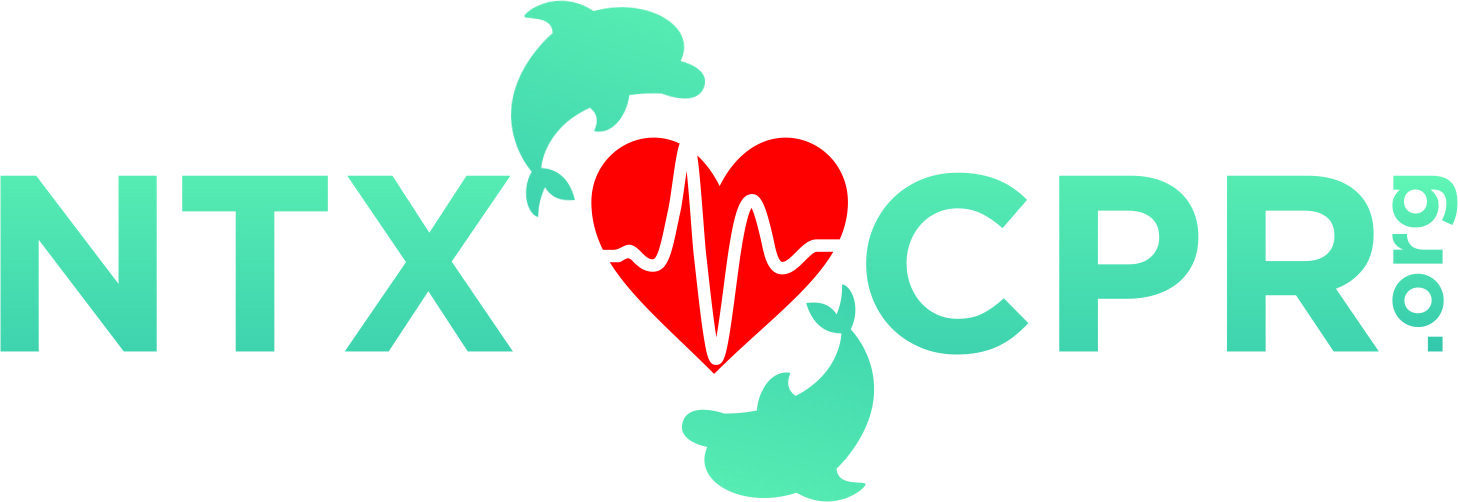American Heart Association CPR Facts
Sudden Cardiac Arrest
- EMS treats about 300,000 victims of out-of-hospital cardiac arrest each year in the US.
- Less than eight percent of people who suffer cardiac arrest outside the hospital survive.
- Sudden Cardiac Arrest can happen to anyone at any time. Many victims appear healthy with no known heart disease or other risk factors.
- Sudden Cardiac arrest is not the same as a heart attack. Sudden Cardiac Arrest occurs when electrical impulses in the heart become rapid or chaotic, which causes the heart to suddenly stop beating. A heart attack occurs when the blood supply to a part of the heart muscle is blocked. A heart attack may cause cardiac arrest.
Cardiopulmonary Resuscitation (CPR)
- Less than one-third of out-of-hospital sudden cardiac arrest victims receive bystander CPR.
- Effective bystander CPR, provided immediately after sudden cardiac arrest, can double or triple a victims chance of survival.
- The American Heart Association trains more than 12 million people in CPR annually, including healthcare providers and the general public.
- The most effective rate for chest compressions is greater than 100 compression per minute – the same rhythm as the beat of the BeeGee’s song, “Staying Alive.”
Automated External Defibrillators (AEDs)
- Unless CPR and defibrillation are provided within minutes of collapse, few attempts at resuscitation are successful.
- Even if CPR is performed, defibrillation with an AED is required to stop the abnormal rhythm and restore a normal heart rhythm.
- New technology has made AEDs simple and user-friendly. Clear audio and visual cues tell users what to do when using an AED and coach people through CPR. A shock is delivered only if the victim needs it.
- AEDs are now widely available in public places such as schools, airports and work places.
Teens/Youth
- About 5,900 children 18 years old and under suffer out-of-hospital cardiac arrest each year from all causes, including trauma, cardiovascular causes and sudden infant death syndrome.
- The incidence of out-of-hospital sudden cardiac arrest in high school athletes ranges from .28 to1 death per 100,000 high school athletes in the U.S.
- The American Heart Association does not have a minimum age requirement for people to learn CPR. The ability to perform CPR is based more on body strength rather than age.
- Studies have shown that children as young as 9 years old can learn and retain CPR skills.
